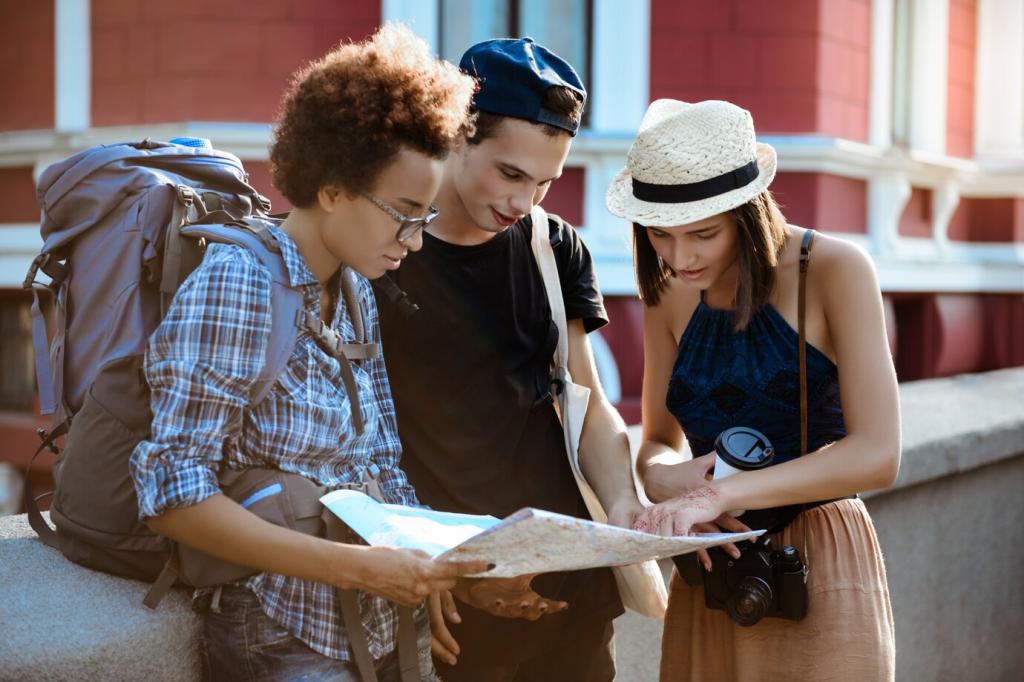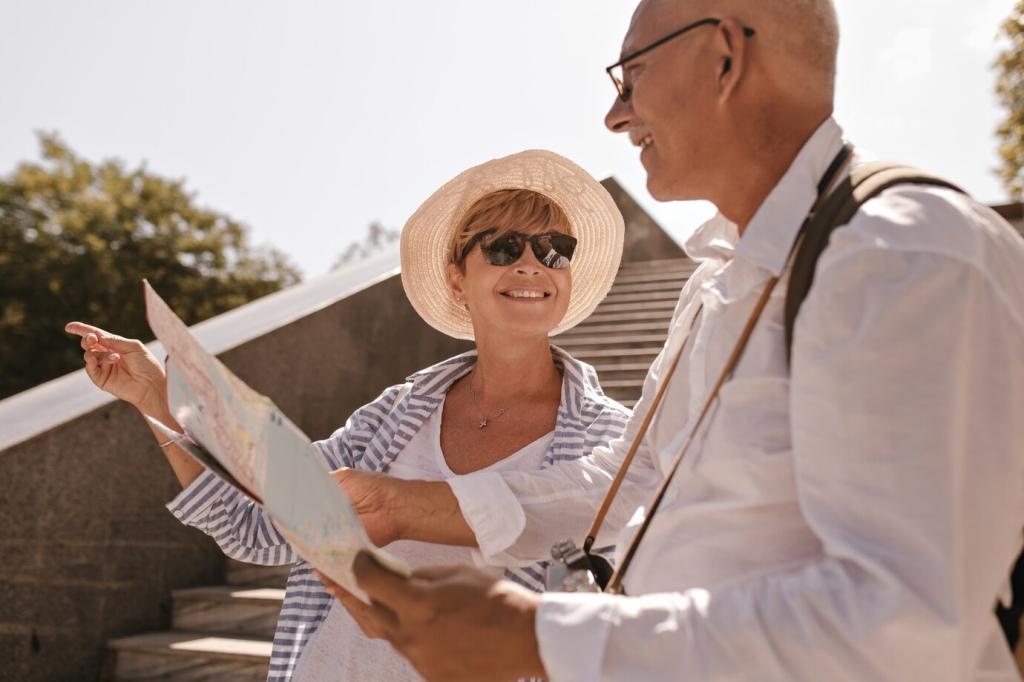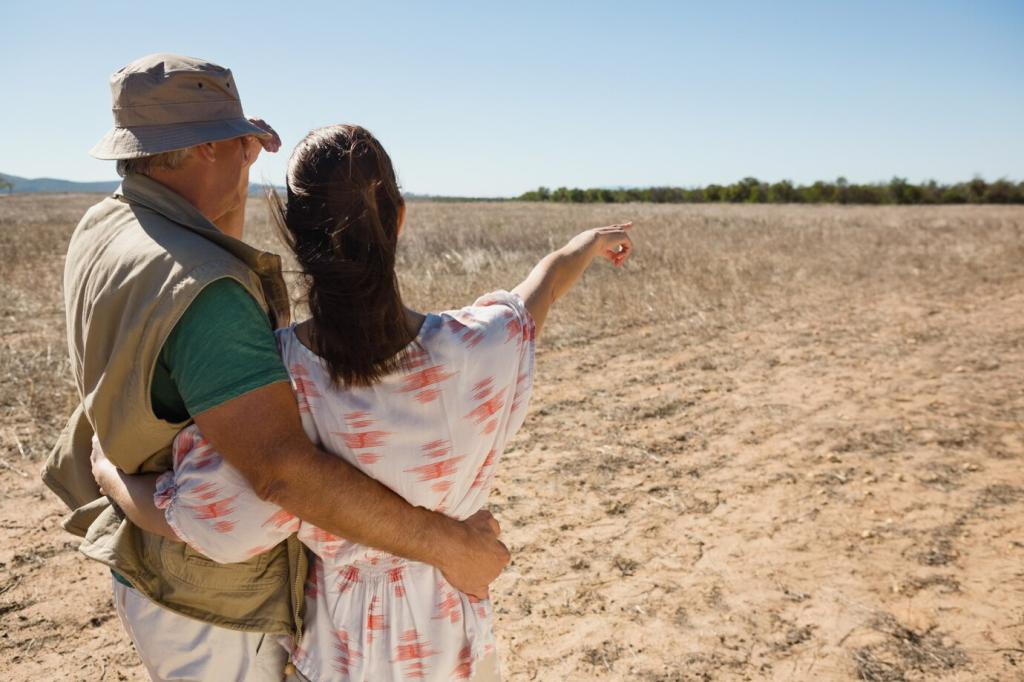Design a Meaningful Heritage Itinerary
Pair a UNESCO landmark with a local archive, community mural walk, or family-run eatery. Contrasts reveal texture. Share a two-stop pairing that taught you more together than either destination alone.
Design a Meaningful Heritage Itinerary
Journal after visits, discuss impressions with companions, and revisit assumptions. Ten quiet minutes can turn a tour into transformation. What reflection ritual helps you integrate cultural learning without rushing to the next stop?







